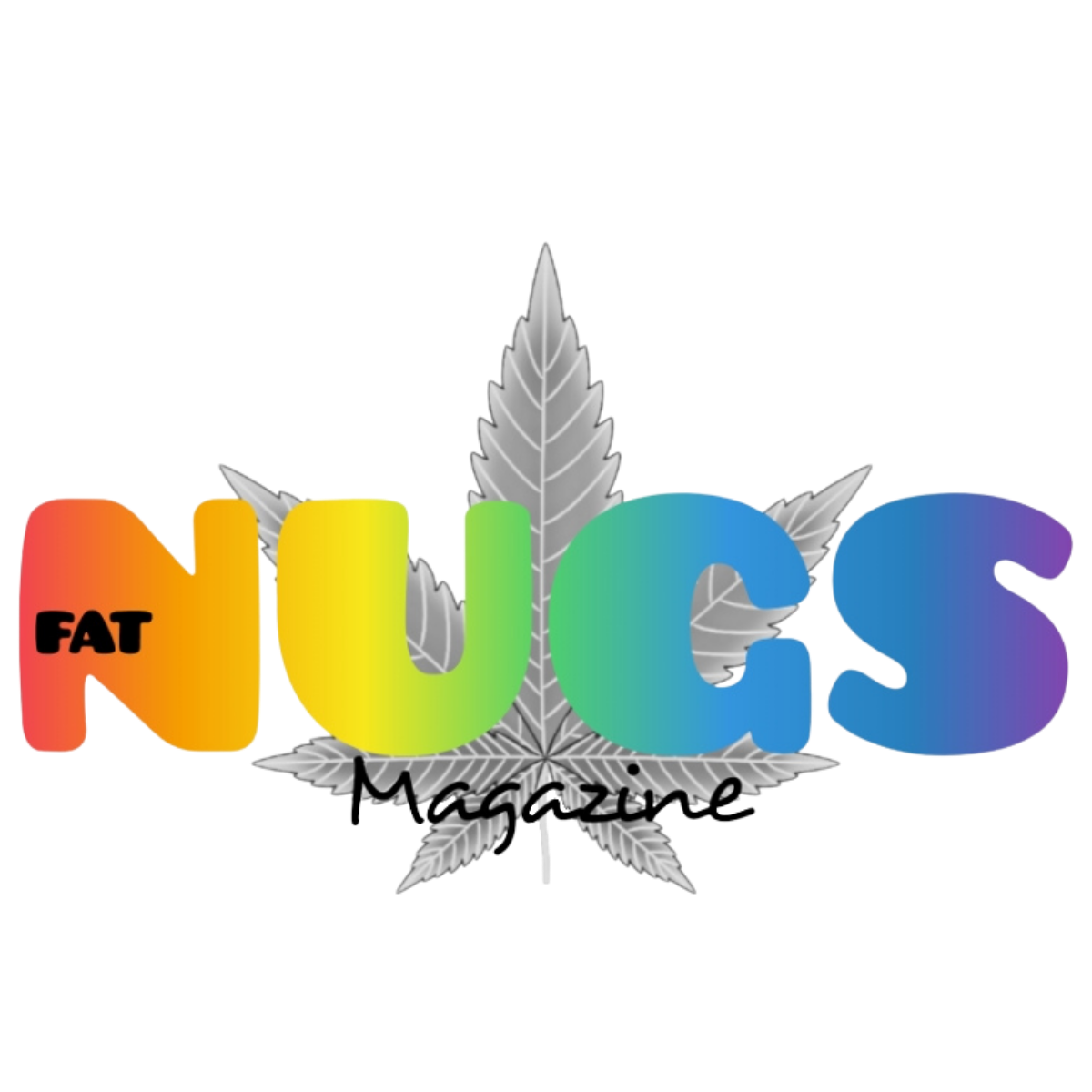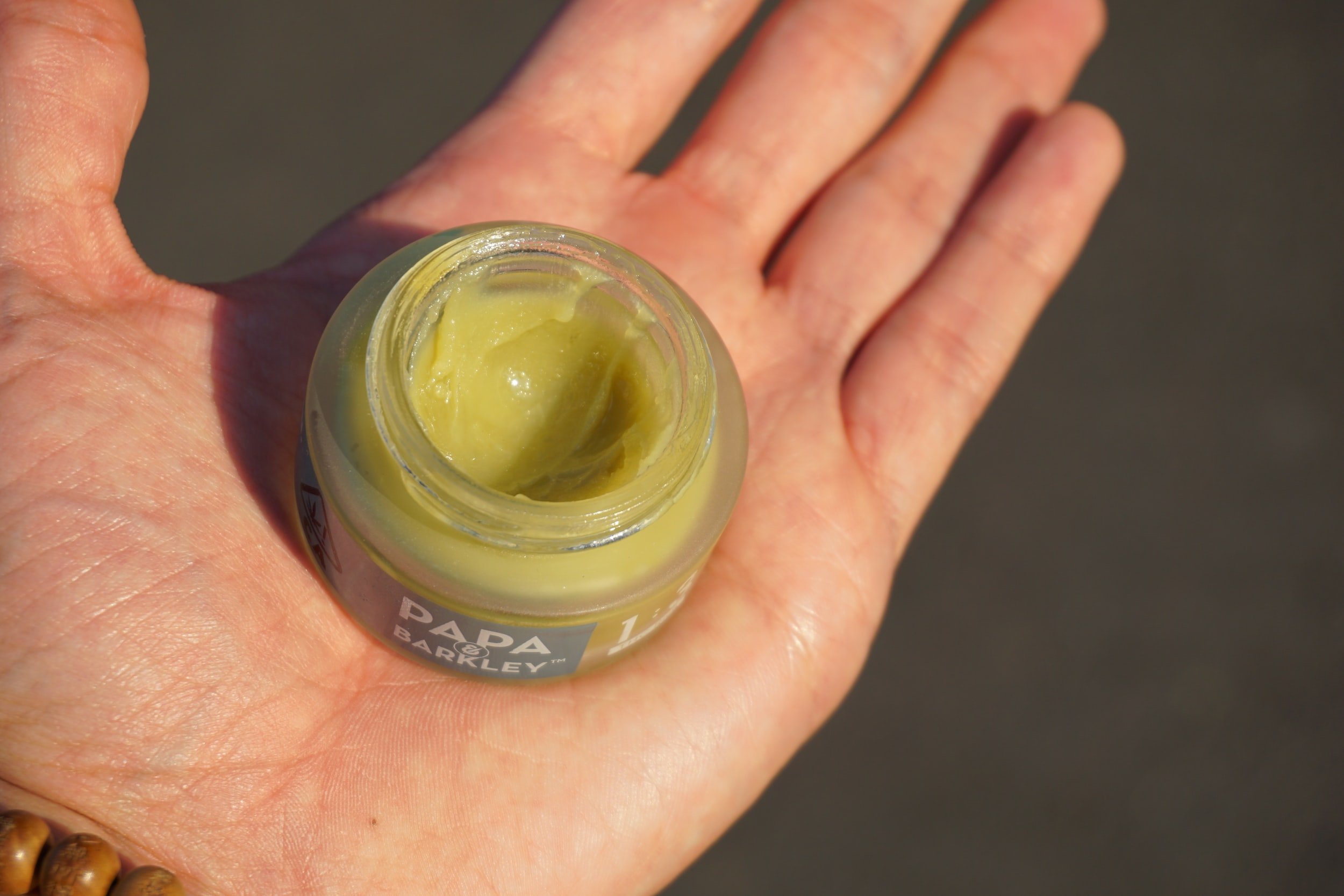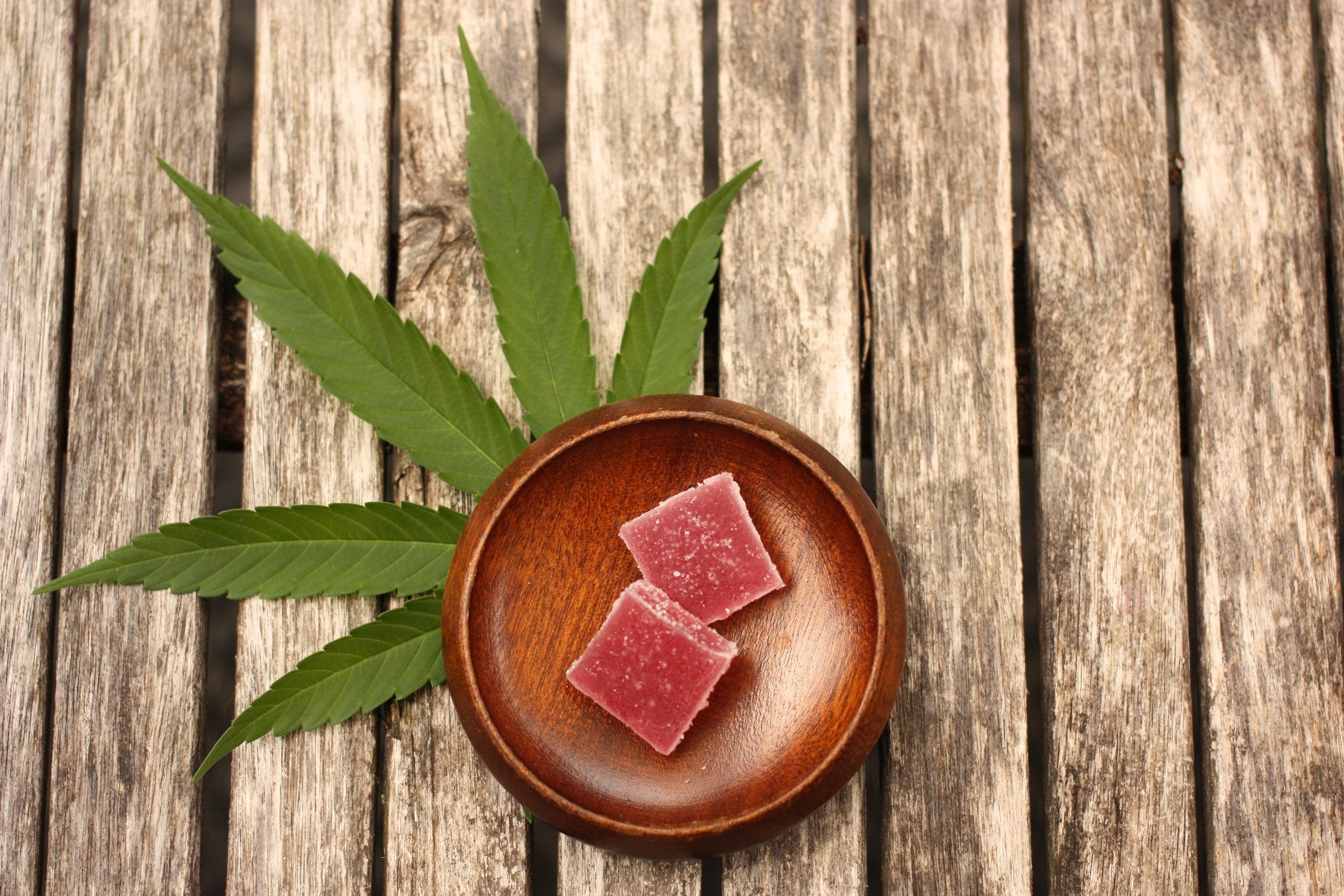Schedule 1 Status Hurts Patients Like My Dad
Etactics Inc/Unsplash
My father was diagnosed with multiple myeloma in 2014. It’s a cancer that originates in a person’s plasma cells, multiplying and crowding out healthy cells. Myeloma is rare, in fact, the American Cancer Society reports that it only makes up about 1.8 percent of cases. The Journal of Occupational and Environmental Medicine published a study in 2011 which included a significant association between cases of myeloma and individuals who had worked closely with coal dust. Other “environmental” factors that contribute to developing this cancer are exposure to toxic chemicals such as benzene, a chemical found in crude oil used to make plastics, detergents, drugs, and pesticides, among other chemicals like dioxin, better known as Agent Orange.
The funny thing about this diagnosis is that my father worked in IT his whole life, dating back to the early ‘70s. For most of his career, he worked in skyscrapers in Downtown Manhattan – very far away from any coal mines. He was, however, working in the building adjacent to the World Trade Center towers on September 11, 2001.
I was in sixth grade when my mother picked me up from school that day and told me matter-of -factly that planes had hit the towers, and that my father had escaped his building. The fetid air outside wafted from a giant smokey plume, slowly moving from New York City across the bay and onto the Jersey Shore. That next day, powder dusted the roofs and lawns of my neighborhood.
Jesse Mills/Unsplash
My dad came home late the following day after running across the Brooklyn Bridge through the dust of the collapsing buildings, taking cover at a coworker’s home. All that I remember from his return is that his suit was covered with dust.
Fast forward 13 years later and his myeloma diagnosis came after a scare at the chiropractor’s office. Myeloma creates tumors all over the skeleton, giving it a “Swiss cheese like appearance,” as one doctor so eloquently put it. It’s extremely painful. Although New Jersey had a medical marijuana program at this time, it was still relatively unheard of to be a patient. It wasn’t something that my father’s oncologist suggested. In fact, I found that most of the “specialists” were not fond of any type of alternative treatment modalities. Our family doctor, a holistic practitioner, had prescribed us slews of supplements to treat a variety of ailments, which were all successful. Despite our success with holistic, natural remedies, the oncologists scoffed.
Nearly ten years later, my father is still battling cancer. After a stem cell transplant and nearly a decade on a variety of toxic “maintenance” pharmaceuticals, he has now been diagnosed with a secondary cancer, adult lymphoblastic leukemia. This is likely the result of one of the maintenance drugs he was on to keep the myeloma at bay. His extreme discomfort continues, but this time I’m equipped with knowledge of cannabis and recreational dispensaries in New Jersey. At first, my dad was wholly against trying any cannabis products. “I don’t want to smoke any pot!” However, his pain continued, as did his refusal to take any narcotic pain relievers. With no relief, I suggested the perfect entry product: transdermal patches.
Elsa Olofsson/Unsplash
After listing out some of the benefits of cannabis for pain, inflammation, and discomfort, citing sources, and sending him YouTube videos, he caved and tried a 1:1 CBD/THC 72-hour patch. After about 20 minutes wearing the patch, with a look of disbelief on his face he exclaimed, “I have no pain!” Thus began our slow and steady journey into the wide world of cannabis.
Plants for Persephone/Unsplash
He stocked up on transdermal patches. He tried lotions and balms. Then, when nausea started setting in, I suggested a second tier entry product: an edible. I chose a flavorful sour lemon gummy and cut it into four pieces. I explained what titration was. “Start with a quarter, wait an hour or two, then try another…”
He started low and slow and worked his way up to a full 10mg. His mood lifted, and best of all, he was eating and sleeping soundly. After many positive experiences, he started doing his own research, one day loudly announcing, “Can you BELIEVE the government has a PATENT on marijuana?” His disgust was palpable.
This progress came to a screeching halt when he was hospitalized for the treatment of his leukemia. A broken, overregulated system prevents patients from receiving their medical cannabis as part of their treatment regimen at most hospitals. Doctors can be prosecuted for prescribing cannabis to their patients because of the plant’s Schedule 1 status. Worse yet, his new “specialist” is not pro-cannabis. In fact, she doesn’t believe in vitamins, nutritional supplements, or any naturopathy whatsoever. Unacceptable for me, but I’m not the one suffering from cancer.
The possibility for cannabis to aid those suffering from a multitude of ills is still not fully understood, but when our loved ones are benefiting from the use of a harmless, natural herb like cannabis, it’s nearly unfathomable to believe that this plant has been cursed by our government for nearly 100 years. How on earth is it possible that we regularly ingest toxic substances in our food, in our water, and in our pharmaceuticals, but a friendly green plant is vilified? It makes you wonder – how many nefarious things are going on behind the scenes, unbeknownst to the majority of us?
Doctors operate like mechanics, diagnosing physical issues but eschewing the human condition, and a plant that should be sold at a farmer’s market is more heavily regulated than carcinogenic preservatives. Overall, my father’s experience opened my eyes to the many holes in our health system but my disappointment pushes me to advocate for cannabis even more loudly, every day.





